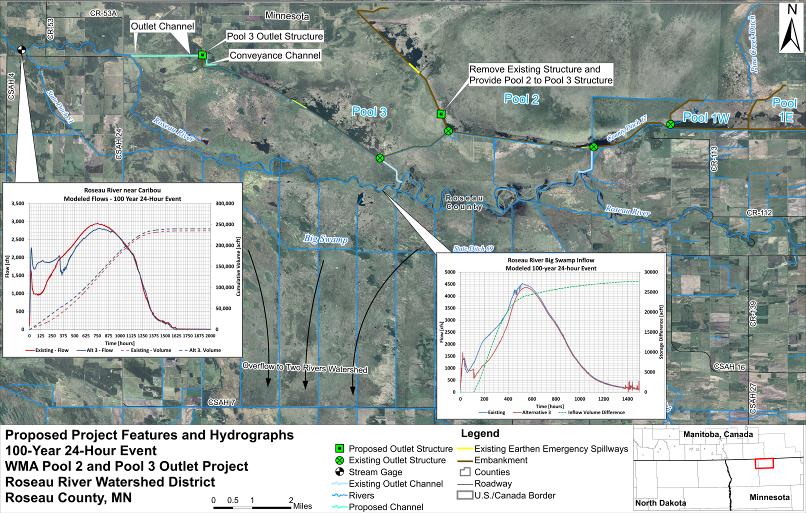MN Buffer Law
Minnesota's Buffer Law requires perennial vegetative buffers of up to 50 feet along lakes, rivers, and streams and buffers of 16.5 feet along ditches. These buffers help filter out phosphorus, nitrogen and sediment. The deadline for implementation for buffers on public waters was November 1, 2017. The deadline for public ditches was November 1, 2018. The law provides flexibility for landowners to install alternative practices with equivalent water quality benefits that are based on the Natural Resources Conservation Service Field Office Technical Guide.









